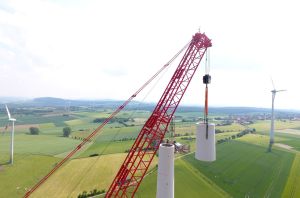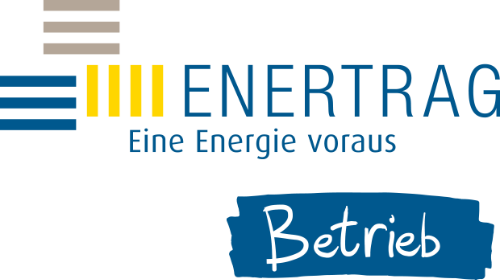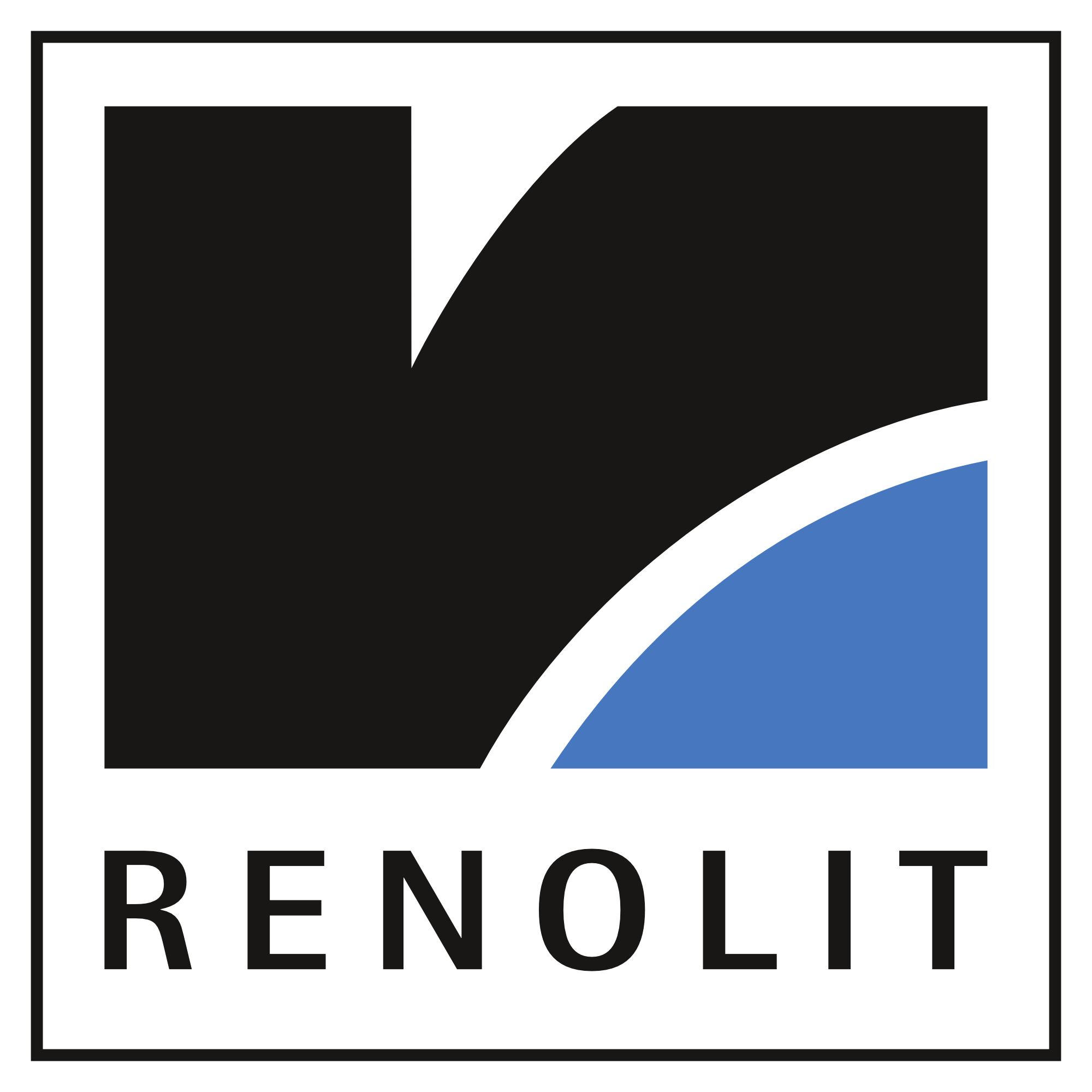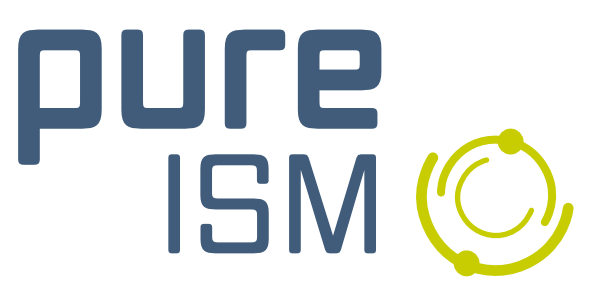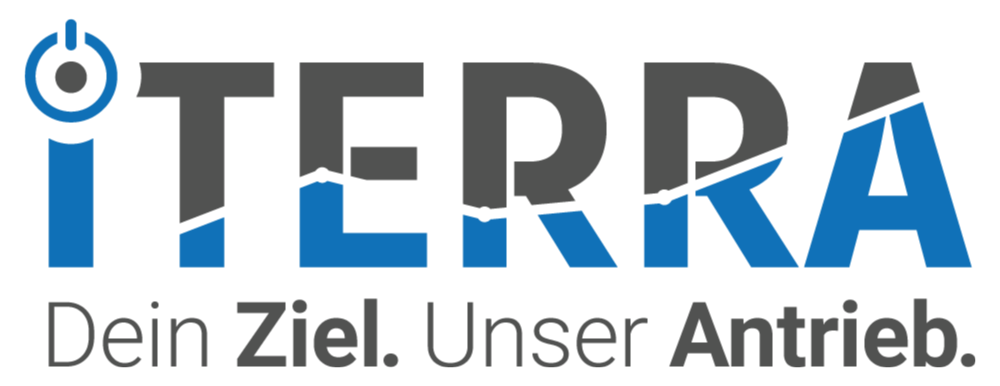DIN SPEC 4866 for the first time lays down standards - on the initiative of RDRWind e.V.
Hanover/Berlin, July 17, 2020. Uniform standards for the first time exist for dismantling and recycling of wind turbines: On July 17, 2020 the German Institute for Standardization e.V. published the DIN SPEC 4866, which is to be considered as industry standard in future. On the initiative of RDRWind e.V., a consortium of 25 companies has developed this document over the period of one year. The consortium included experts from the wind energy industry, recycling experts, scientists as well as officials of authorities, such as the Federal Environment Agency.
The German wind energy industry is facing a dismantling wave as of 2021. Approximately 30,000 wind turbines are currently rotating on meadows and fields throughout Germany and every second one of them will approach the end of their lifetime in the coming ten years, because they have either come to the end of their service life or continued operation no longer pays off. Already at the turn of the year 2020/ 2021, more than 5,200 wind turbines will reach the end of their 20-year feed-in tariff support under the Renewable Energy Sources Act (EEG), a further 8,000 turbines are due to follow by the end of 2025. Some of these wind turbines have already been replaced prematurely as part of a repowering, others will continue to be operated beyond the end of their support period.
A standard for dismantling and recycling of wind turbines presently exists neither in Germany nor in Europe. This changed on July 17, 2020, when the German Institute for Standardization (DIN) e.V. published the DIN SPEC 4866. “Sustainable Dismantling, Disassembly, Recycling and Recovery of Wind Turbines” is the title of the 26-page document. It stipulates framework conditions for the entire dismantling process from planning via the actual dismantling through to documentation and provides, among other things, a first assistance to the operators. The new industry standard is available free of charge in German and English via the Beuth Verlag (https://www.beuth.de/de/technische-regel/din-spec-4866/326469199) and therefore also to the European wind industry as well as authorities as a model for their own activities.
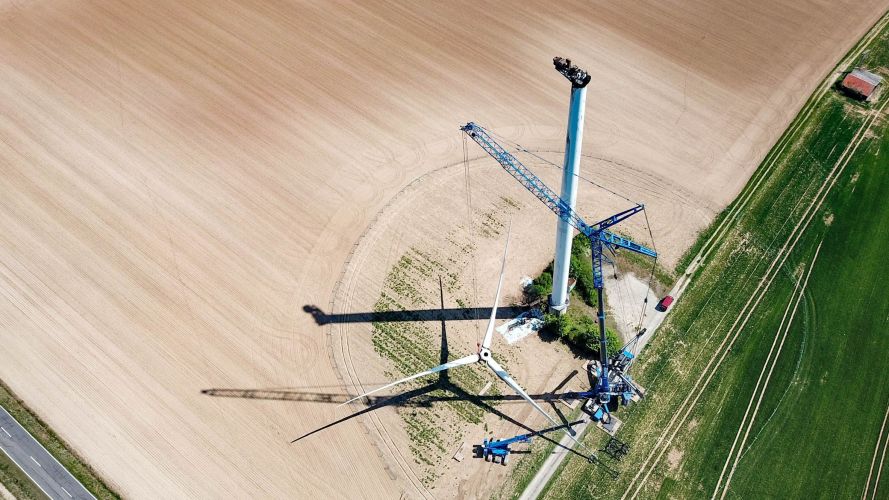
A large number of wind turbines in Germany are approaching the end of their service life and must be dismantled in a sustainable way. (Photo: neowa GmbH)
To name just a few examples, DIN SPEC 4866 gives recommendations on how to secure the construction site and which qualifications workers need to have, who perform the dismantling. It describes how rotor blades, tower and nacelle ought to be disassembled and which safety measures are necessary to prevent any harmful substances from escaping into the environment. It explains which of the turbine’s components can be recycled or recovered in which way, how the dismantling has to be documented and which official authorizations are necessary in which German federal state.
The recommendations will help operators and specialised companies to plan and carry out dismantling projects. Both operators of wind farms and demolition and recycling companies will from now on be able to agree on a standardized procedure in future. Moreover, the DIN SPEC 4866 also helps municipalities and authorities to monitor and assess the dismantling.
The document was drawn up by a consortium of 25 experts from the wind energy and recycling industry, scientists as well as officials of authorities, such as the Federal Environment Agency. The DIN SPEC 4866 was created thanks to the initiative of RDR Wind e.V. - Industrial Association for Repowering, Dismantling and Recycling of Wind Turbines. It was founded in Hanover in late 2018 with the aim of establishing first-time industry standards as best practice for dismantling.
“Our special concern is sustainable dismantling. Wind turbines are friendly to the environment and shall remain so even if they have reached the end of their service life,” says Martin Westbomke. “The recycling rate of wind turbines is already very high and currently stands at more than 90 percent.” The first chairman and founding member of RDRWind e.V. has intensively investigated the dismantling of wind turbines as a scientist at the Institute for Integrated Production Hanover (IPH) not for profit GmbH. For Westbomke their work is not merely about demolition, but a sustainable dismantling process instead, in which as many components as possible are recycled and recovered.
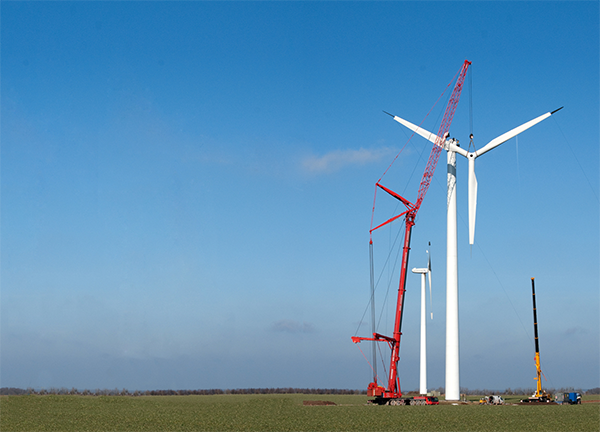
For the first time, uniform standards now exist for dismantling, disassembly, recycling and recovery of wind turbines” (Photo: Hagedorn Abbruchservice GmbH)
This view is shared by Andrea Aschemeyer of VSB Neue Energien Deutschland GmbH, who headed the consortium for the development of the DIN SPEC 4866. “To date, there has not been a uniform procedure for the dismantling of wind turbines,” explains Aschemeyer. “although, it is true that up to now there have only been a relatively low number of dismantling projects, because most wind turbines in Germany are not that old. Over the next few years, however, the German industry will be facing a dismantling wave and we want to help companies, authorities and operators to be well prepared in order for dismantling and recycling of wind turbines to be managed in a reliable and professional manner.“For more information on dismantling of wind turbines, visit https://www.rdrwind.de/english-information/.
About RDRWind e.V.:
RDRWind e.V. was established as Industrial Association Repowering, Dismantling and Recycling of Wind Turbines with 10 companies in Hanover on 6 December 2018. The aim of the association is to develop first time standards for dismantling of wind turbines and promote the dissemination of new professional applications, sustainable processes, and standards.
Currrently, the Industrial Association has 44 member companies from project development and repowering, energy businesses, dismantling and disassembly, recycling, logistics, business consulting, legal services, research & development, composites as well as services.
Press contact
RDRWind e.V.
Annette Nuesslein
Hollerithallee 6
30419 Hanover
Email: info@rdrwind.de / vorstand@rdrwind.de
Internet: www.rdrwind.de











